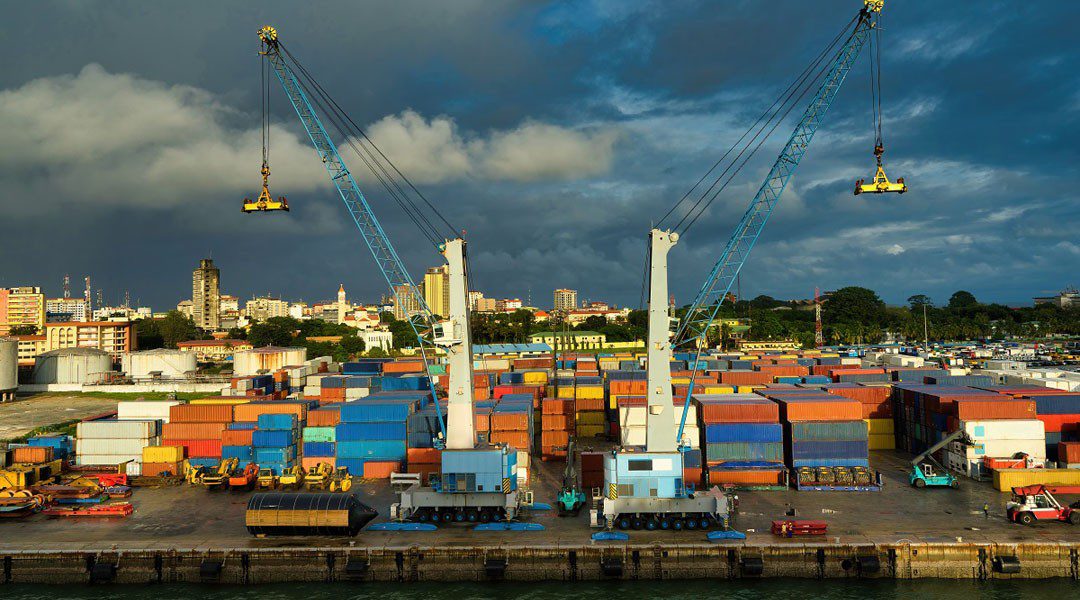 Analyst Insight:ESG and sustainability are becoming an expected part of strategic decision-making conversations for many companies and organizations.Sustainability, in particular, is a growing priority as investor and consumer pressure mounts, and governments around the world enact regulations that require organizations to report on emissions and climate-related risks.
Analyst Insight:ESG and sustainability are becoming an expected part of strategic decision-making conversations for many companies and organizations.Sustainability, in particular, is a growing priority as investor and consumer pressure mounts, and governments around the world enact regulations that require organizations to report on emissions and climate-related risks.
The elevated focus on these topics brings a sense of urgency to develop strategies that make a meaningful impact.Accountability is key and — as consumer expectations and reporting requirements continue to evolve and scrutiny increases — more comprehensive, accurate data is increasingly required to measure and evaluate progress on emission reductions.
Meeting stakeholder expectations and reporting requirements on emissions, particularly Scope 3 emissions, is complex. With many companies’ climate-related aspirations targeting completion dates of 2030 or 2040 and an ever-evolving regulatory environment, it’s essential that shippers move sustainability strategies forward now.
Reliable data is key to reducing emissions and ensuring accountability. To address climate-related challenges and reduce emissions, a company must first understand a baseline of its current emissions across the supply chain. Data on Scope 3 emissions — thoseindirect emissions that occur upstream or downstream in the supply chain — is critical. According to the U.S. Environmental Protection Agency, supply chains can account for more than 90% of an organization’s greenhouse gas emissions.
Calculating data on Scope 3 emissions can be difficult because they fall outside a company’s direct control. For a manufacturer with suppliers around the world delivering goods via air, ocean, road and rail, gathering Scope 3 emissions data requires rigorous stakeholder engagement and high-quality, data-driven insights.
A C.H. Robinson 2024 shipper survey found that 73% of shippers plan to adjust their shipping strategies to meet sustainability goals. Of those, 27% of respondents plan to rely on technology more than ever. Working with a transportation or logistics provider that has the technology to provide accurate, quality emission data is a demonstrable benefit for any company. Once a company has a clear understanding of its scope 3 emissions, it can then benchmark and track emission trends over time, and identify those potential opportunities for reductions.
Accountability and transparency are also key as reporting requirements continue to evolve. The same data that’s used to inform emissions-reduction strategies may also be needed for regulatory reporting requirements. Keeping that in mind, it’s important to work with logistics partners and technology tools that align with global standards and frameworks. The Smart Freight Centre’s Global Logistics Emissions Council Framework (GLEC), for example, is the globally recognized standard for emissions reporting.
Data-driven decision-making can also help drive cost savings. Throughout the pandemic, it wasn’t uncommon for shippers to exceed logistics budgets by up to 200% due to high fuel costs, dwell times and other factors. As seasonality returns and shippers can forecast more accurately, balancing cost and service remain top priorities. Sustainability and emissions reduction strategies are also increasingly influencing and shaping decision-making.
Sustainability and efficiency go hand-in-hand, and many emissions reduction strategies may not only be more efficient but also more cost effective.By utilizing data-driven insights and technology tools, shippers can take into account cost implications, transit time and emissions-reduction opportunities to make informed and strategic decisions that best fit their unique supply chain needs and sustainability aspirations.
For example, shippers can optimize their distribution networks to ensure that center locations are positioned strategically near suppliers and customers, thus shortening trips and lowering emissions and transportation costs. Shippers can also shift freight from a carbon-intense mode like air or road to a lower-carbon mode like ocean or rail.
A more efficient supply chain is by nature a more sustainable one. Identifying efficiencies and reducing waste are the most important steps a company can take in building both cost-effective and environmentally conscious supply chains.Driving out supply chain waste means saved miles, saved fuel and reduced carbon emissions—all quantifiable efficiencies that provide both cost savings and environmental benefits.
Monitor sustainable innovations but don’t wait to get started.Individual companies aren’t the only ones looking to develop and implement meaningful sustainability strategies. The broader transportation and logistics industry has also seen an increase in the development of green solutions and innovations like electric vehicles, sustainable fuel alternatives and other technologies that help in the transition to lower-emissions. These new technologies offer exciting opportunities to reduce emissions, but many of these solutions aren’t currently available at scale, which can make broad adoption and implementation challenging.
Continued investment in research and development is key, and as green solutions continue to evolve and become more widespread, it’s important that shippers understand how these technologies could potentially provide benefits. By adopting different approaches and innovations today, shippers can be better prepared to integrate green solutions in the future.





